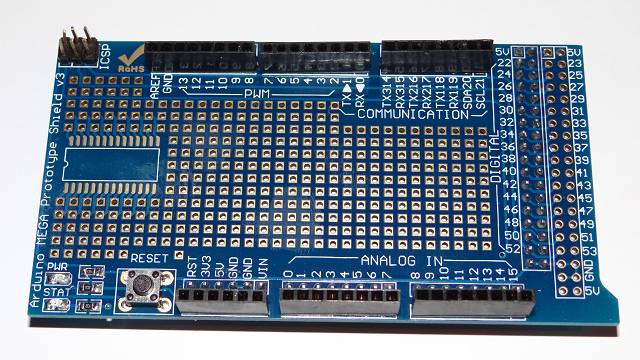Here is part 3 of my homemade quadcopter series. I`m making the flight controller shield with a protoshield and the 10 dof IMU the GY-80. It would be easier to buy a complete flight controller with integrated IMU, but I already have the Sainsmart Mega and the IMU and I know how they work and that they work, so I decided to use them. The advantage of making a shield is that I can try different IMUs if I want, and it`s easy to add other components like LEDs or ultrasonic senosrs to the pins of the Arduino Mega. The disadvantage is the higher weight and the time that it takes to make the shield.
In the last part of the video I test it with the Multiwii software.
